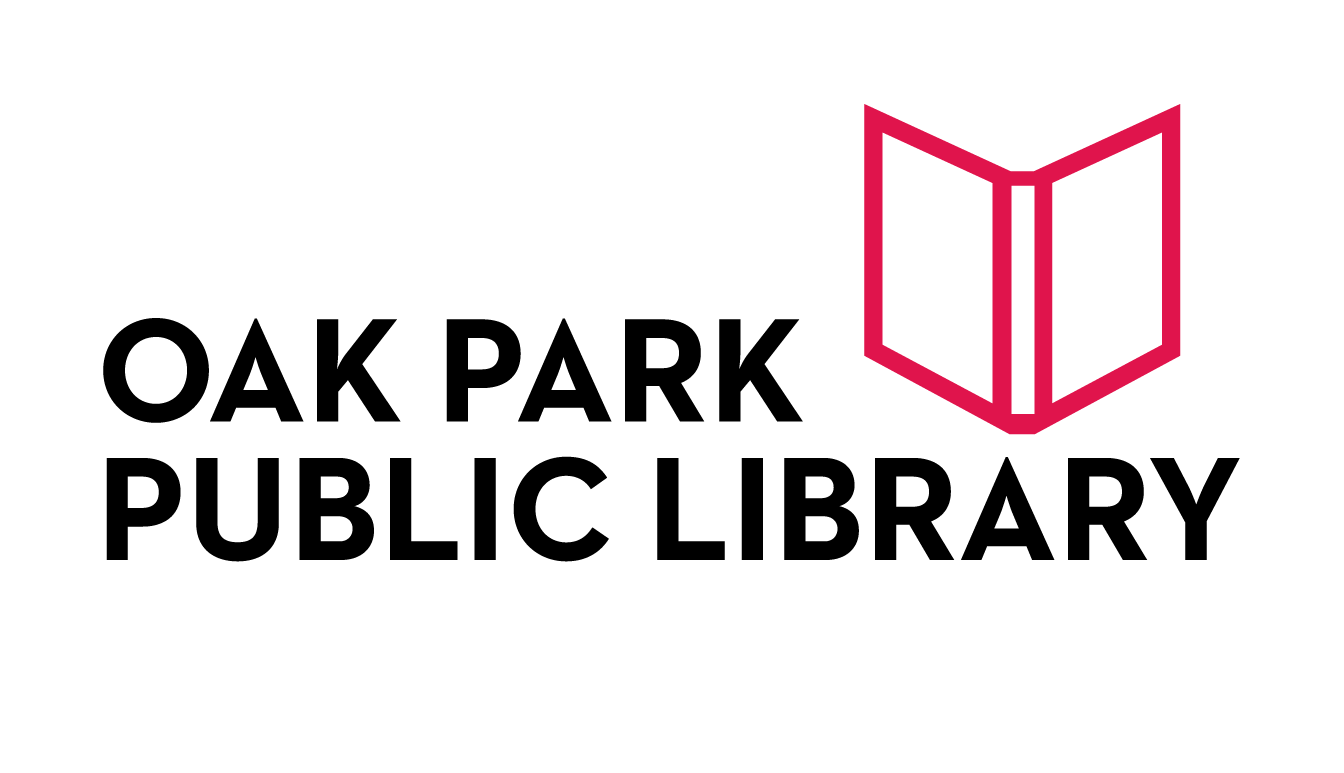Program Type:
Arts & Culture, Authors & Books, Civic Learning, Community Partner, Equity & Anti-Racism, Friends Board, Health & Wellness, Library Board, MulticulturalProgram Description
Event Details
Join us for a conversation between photographer Howard Simmons and author and architecture critic Lee Bey.
From a trove of thousands of images photographed between the 1970s through the early 2000s, Howard Simmons’ exhibit Stories My Camera Tells features a selection of his favorite images of notable personalities and politicians, urban street scenes, and iconic images from photoshoots for Ebony magazine and his work in commercial photography.
The exhibit includes both celebrated images that document significant moments in American history as well as never-before-seen photography, accompanied by Simmons’ personal stories and accounts about his trailblazing work as one of the first Black photographers for the Chicago Sun-Times.
Related:
- Art Exhibit Reception: Stories My Camera Tells by Howard Simmons, Saturday, February 8, 2-3 pm Main Library Gallery
- Art Exhibit: Stories My Camera Tells by Howard Simmons, January 14-February 22, Main Library Gallery
This event is part of a series to celebrate Black History Month. Our library recognizes heritage months, including February as Black History Month. As a Library for Everyone, we also strive to offer equity and anti-racism programs all year long. See more programs tagged equity & anti-racism, and subscribe to receive monthly Equity & Anti-Racism email updates.
More about Howard Simmons
Howard D. Simmons is a self-taught photographer whose career is a testament to passion, perseverance, and talent. His journey began with a bold move from Pittsburgh, PA to Chicago, where he arrived without experience or an appointment but armed with a portfolio and a dream. This audacious step led him to the doors of Johnson Publishing’s Ebony Magazine, where he secured his first job that would later take him across the globe. Several years after leaving Johnson Publishing, Simmons’ career came full circle when he was brought back to take on an Ebony Fashion Fair assignment in Paris, where his work set a new standard and opened the door to other assignments with Fashion Fair for years to come.
Simmons' trajectory took a significant turn when he joined the Chicago Sun-Times as the second Black photojournalist on staff. In this role, he honed his editorial skills, capturing the vibrant and diverse stories of local Chicago life. His keen eye for detail and ability to convey compelling narratives through his photographs quickly distinguished him in the field.
Transitioning to commercial photography, Simmons expanded his portfolio to include some of the most iconic figures and major clients of his time. His work includes images of historic personalities such as Harold Washington, Oprah Winfrey, Marc Chagall, Itzhak Perlman, and Walter Payton. Additionally, he collaborated with renowned companies like Coca Cola, Proctor & Gamble, McDonald's and Sears, showcasing his versatility and expertise in both editorial and commercial photography.
-Statement and Bio courtesy of EPIPHANY Center for the Arts
About Lee Bey
In his role at the Chicago Sun-Times, he writes editorials on city governance, neighborhood development, politics, and urban planning. Bey is the author of the much-praised book Southern Exposure: The Overlooked Architecture of Chicago’s South Side (Northwestern University Press, 2019), which showcases his architectural photography and social commentary. He also hosted the public television special Building Blocks: The Architecture of Chicago’s South Side, which aired on WTTW in 2023, and is currently the Architecture Critic for ABC7 News. Bey earned a 2023 Midwest Emmy nomination for his work on the program. Additionally, Bey is the main photographer for the book Who is the City For? Architecture, Equity and the Public Realm in Chicago (University of Chicago Press, 2022), written by Blair Kamin. He is currently working on a book about the architecture of Chicago’s West Side. Lee Bey lives in an 1893 rowhouse in Chicago’s historic Pullman community.
